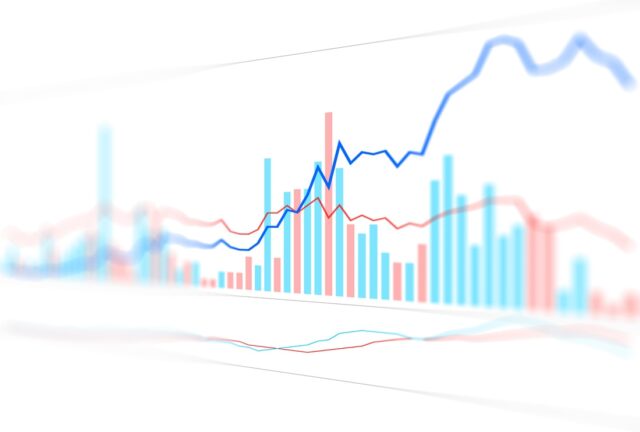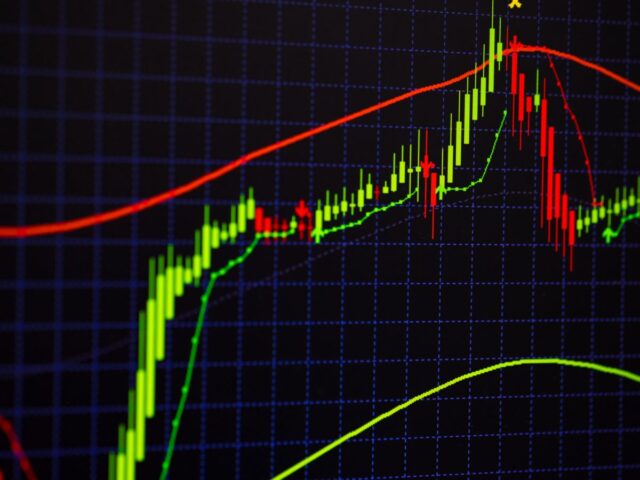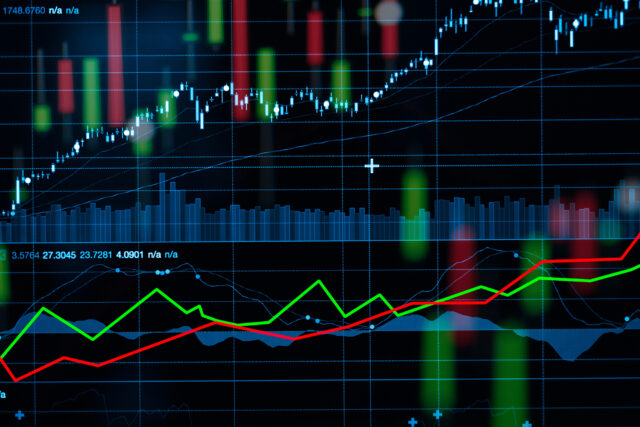
Every trader in the stock market undoubtedly has the prime motive to make every trade as profitable as possible. This applies to all categories of assets (shares, bonds, commodities, property, and cash are the primary and important asset classes) he is trading in. This stands for a day trader and a long-term investor in the stock market.
Commodity trading is risky because commodity prices are highly impacted by uncertainties. However, it can be an important way to diversify an investment portfolio. One such commodity is crude oil. This is a product whose price variation affects almost every other product pricing.
A person who has an outstanding knowledge of energy markets can trade very profitably in this commodity. Crude oil trading is profitable in all market conditions.The earnings are high in a short span of time. If the fire to start trading in crude oil has been kindled in you then click here to know how to start.
The market conditions are not totally predictable. The economic policies and political events give an idea of the holistic investing environment, but it is important to do some in depth research and analysis to determine the future price movement. There are 2 techniques of analyzing the asset classes, namely Fundamental analysis and Technical Analysis.
Discussed below are the various aspects considered in Technical analysis and how it is important in crude oil trading. Technical analysis uses past price patterns to predict future market situations in the pricing of crude oil. Quantitative analysis of the trends of trading activities of the price and volume are fundamental indicators used to determine the future price movement of oil.
1. Supply and Demand

Stocks of companies are priced based on their strong fundamentals. However, a commodity like crude oil is priced on the perceptions of supply and demand in the market.
A supply higher than demand forces the prices to decrease, and supply lesser than demand causes price increase.
High demand around the globe made demand and supply the fundamental price deciding factor of oil.
When the first commercial oil well was drilled in Texas, it produced more than all the oil-producing wells in the entire United States combined. Crude oil has over the years become a high demand commodity primarily because of its use in fuels.
2. Futures market

The price of oil is set in the futures market where Hedgers and Speculators determine the price of oil. When a buyer and seller enter the oil futures contract, the future purchase price of the oil is determined by them for the specified date in the future.
A futures contract is legal and many manufactures rely on it to reduce their financial loss due to change in prices. The airline industry resorts to future contracts to avoid high fuel prices due to market volatility in crude oil and gasoline.
Analysis of such data, considering economic situations determines the crude oil trading price.
There are speculators in the market who bet on the price movement of oil. They manipulate the oil futures contract on the belief that oil demand will increase sometime in the future which can result in oil price rise.
The opposite can also be true. If it is speculated that the demand for oil will decrease in the future the prices can decrease and they can short sell the futures.
The price of this commodity depends on the market psychology and technical analysis understands the market sentiments behind the price trends by looking at the patterns
3. Momentum Indicator

Momentum helps identify trends. This is very useful to predict price movement of commodities. If the price trend is an upward movement, the same momentum can continue upward and vice versa for the downward movement.
In commodity trading for crude oil, the momentum fundamental is ‘buy low and sell high’. The first step is to identify the market ( whether it is a trending market- one that is either high or low, or a ranging market- one that oscillates)
Using the trend charts in technical analysis, the buy and sell signal for crude oil can be determined.
The most popular indicator for crude oil commodities is the Stochastic indicator. It observes that if the prices are on an upward trend during the day, the closing price will tend to settle near the upper end of the recent price range.
4. Moving Average

The moving average indicator in Technical analysis brings out the trend in price movement by smoothing out the random price movement. It calculates the average price of a commodity over a certain time period. This helps in identifying a trading opportunity.
Since the data is based on past prices, moving averages define the current price trend. They can be used with other complementary tools.
5. Commodity Price Cycle

There is the perspective that a 29-year cycle controls commodity prices. It is to be noted that since the 1900s the commodity index has shot up due to the high demand for oil. Analysis of such trends can assist to foresee the price change trends.
All the data for this technical analysis is procured over a period of time in contrast to the fundamental analysis which relies on company financials as the decision-making criteria.
During natural disasters like a hurricane, cyclone, or a pandemic like Covid-19, or factors like political instability, there are production and storage costs that adversely affect crude oil production. For example, due to Covid-19, the reservoirs were filled up which slashed oil production. The oversupply of oil caused decreased production and supply which inadvertently caused price rise.
Conclusion
These aspects considered in technical analysis help predict the crude oil price movement. Extensive data and Index charts with technical analysis come in handy and provide fair figures to predict price movement.
However, one should note that there are not many successful crude oil traders. It requires an excellent strategy and a great knowledge of energy markets. It involves a lot of risk, most of which are beyond one’s control.
Extensive study on this matter, with reliable technical charts provide credible information to forecast precisely and in return earn good profits from crude oil trading.












